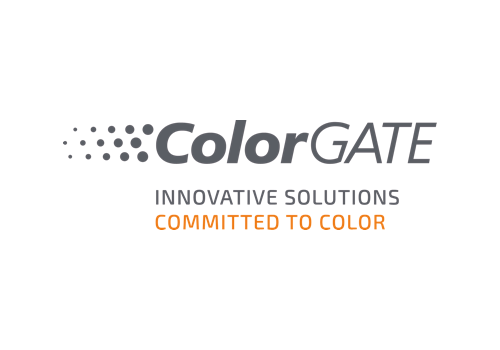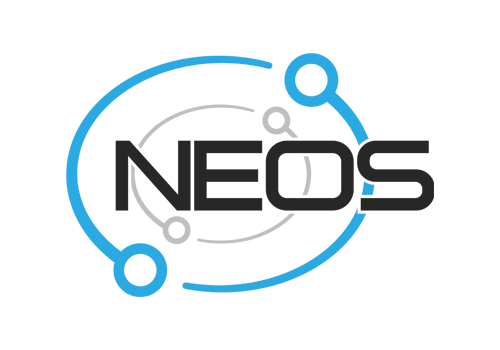
DIPA Taskforce
Key Factors for a Successful Digital Printing Project
Digital printing technology has revolutionized the way industries approach production, offering faster turnaround times and more customization options. However, for companies looking to integrate this disruptive technology into their operations, a successful digital printing project requires more than just purchasing the latest machinery. Explore the important steps in implementing digital printing, from knowledge management to profitability, and discover the key factors that ensure long-term success. This comprehensive guide, developed by the DIPA Taskforce working group, provides an in-depth roadmap for companies looking to grow in the world of digital printing.
Introduction
The DIPA Taskforce under the Digital Printing Association (DIPA e.V.) has developed a structured approach to help businesses navigate the complexities of digital printing. This effort aims to provide valuable insights into the essential components that determine the success of digital printing projects. Through collaboration with experts from various companies, the taskforce has compiled critical considerations spanning Knowledge Management, Standardization, Profitability, and Technical Processes. This comprehensive analysis empowers companies to integrate digital printing effectively into their operations.
Overview of the Project
The taskforce's primary goal is to provide an understanding of the essential components for successful digital printing ventures. The workgroup's findings are divided into several chapters, each focusing on a critical aspect of digital printing, such as
Knowledge Management: This chapter gives an overview about the complexity of digital printing. It contains relevant information and the knowledge required for a successful digital printing project. It provides a checklist of important points to consider before and after installing the machine.
Standardization: WHY IS STANDARDIZATION NEEDED - In future, there will be far fewer qualified employees. More standards and automation are therefore urgently needed. There are often documentation gaps: there is often a lack of information on how decisions were made. This means no traceability. Data is often transferred manually, e.g. entered into the machine.
Profitability: Every company that invests in digital printing wants to be commercially successful with the new technology. Sometimes digital printing projects are not profitable at the beginning. This chapter shows which factors need to be considered for the economic success of the digital printing project. This includes basic tasks such as a detailed analysis of the market and the existing structures in the company on which such a project can be established. Other essential tasks are the development of a business model and the implementation of a project. In addition, the key aspects of the purchase phase of a machine are presented, as well as the installation and ramp-up phase.
Technical Processes
MOTIVATION - Knowledge of processes could make it easier to get started with digital printing. Framework of process could help:
- Implementing digital printing
- Find the right partners for each process
TARGET FOR WORKING GROUP
- Build a rough frame work of processes relevant for digital production printing
- Break down processes for a certain printing application
The Framework could be converted into a guide, that supports companies introducing digital production printing. The guide could help to identify the right partners.
This Taskforce approach ensures that digital printing is not just about adopting new technology but also integrating it efficiently into existing business models.
The main contributors of the taskforce project are the following companies:
If you would like to continue reading and receive more information, please log in!
Do you need access data? Click here and request your login.
User login
Enter your username and password here in order to log in on the website








